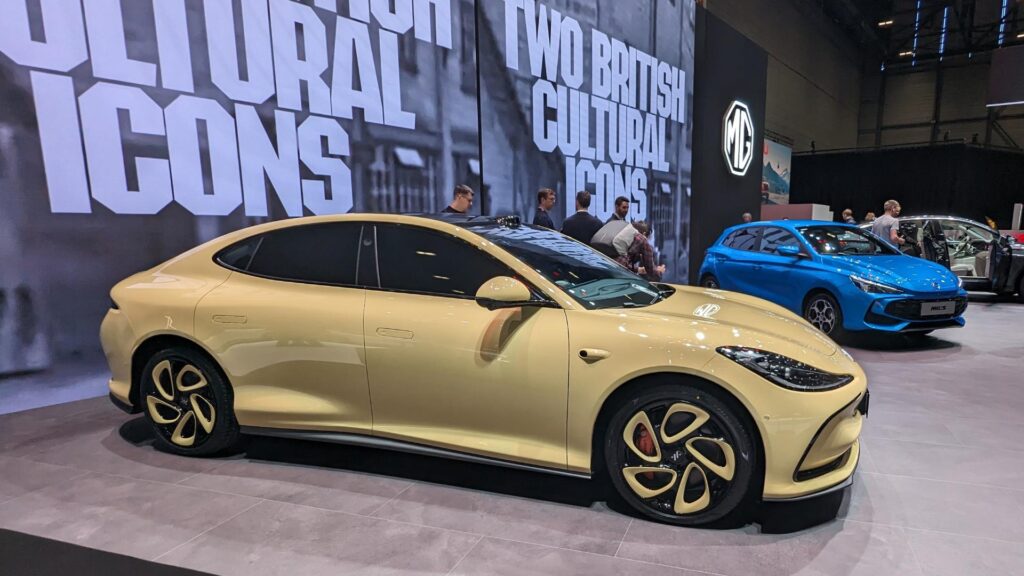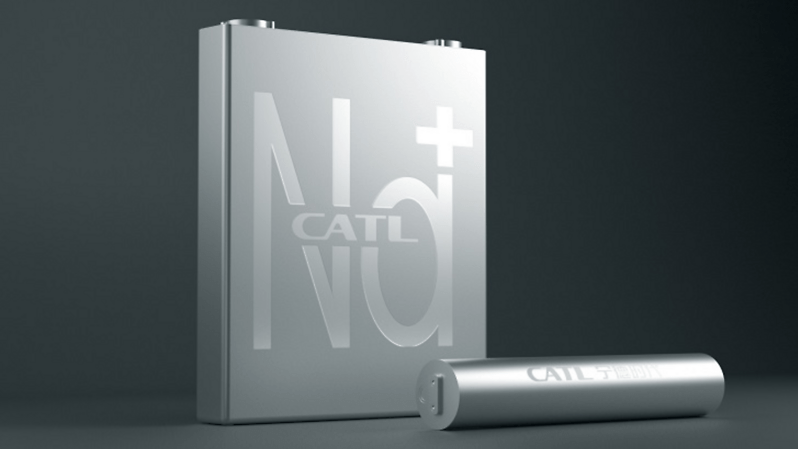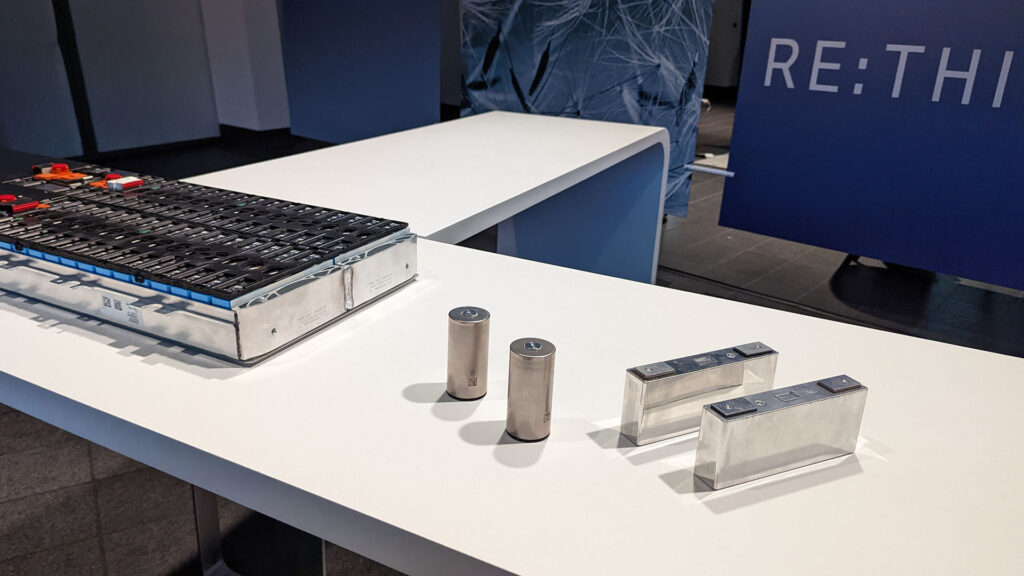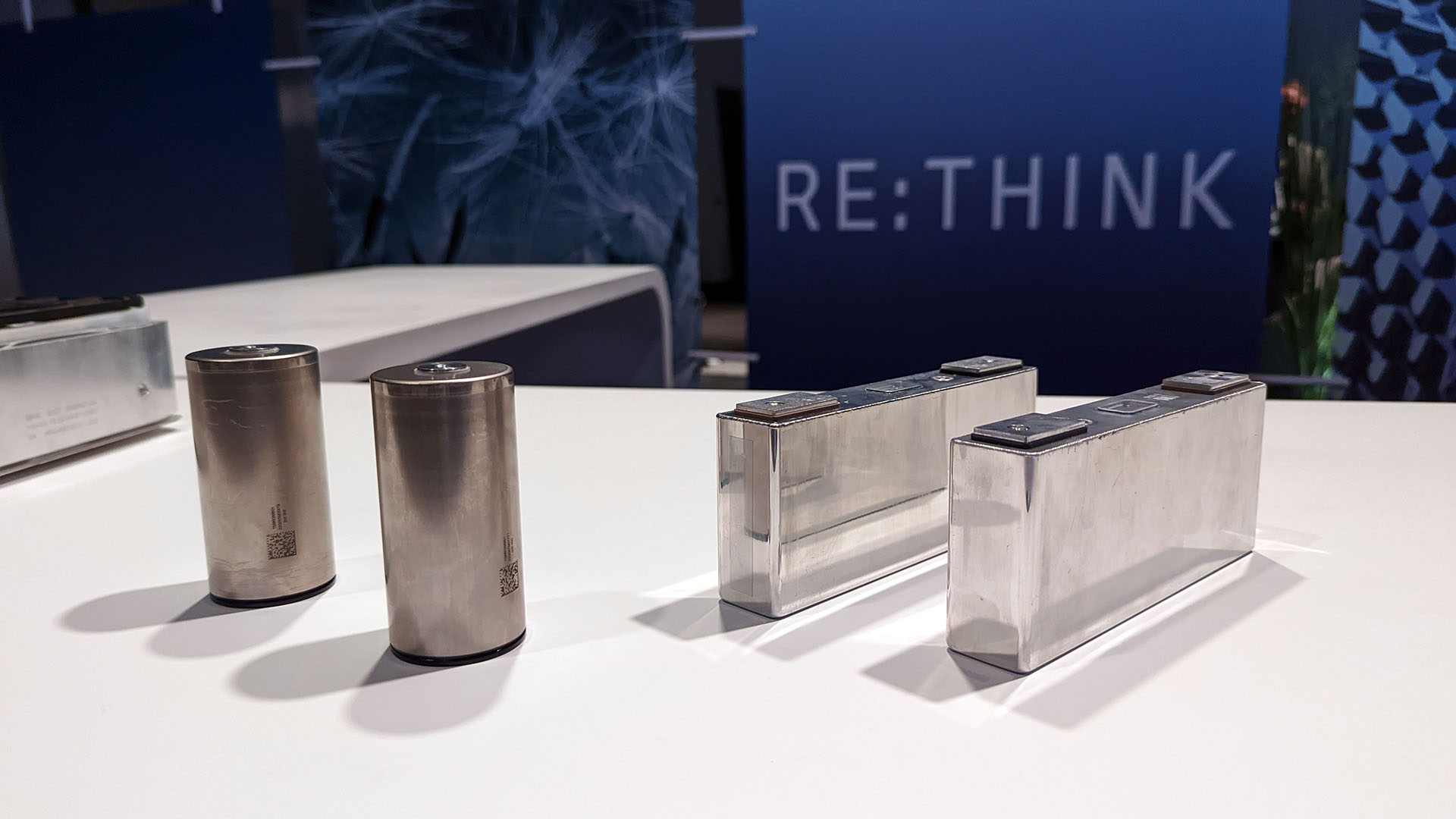Electric car batteries are innovating very quickly. What if we took stock of the latest advances in this area?
Battery technologies for electric cars are evolving quickly. Battery chemistry is not the only possible source of progress; the shape of the cells and their integration into the vehicle also have a role to play in increasing performance. This is also what creates differences, more or less large, in the ranges announced by different manufacturers for the same technology.
Advertisement
It is difficult to follow all the developments that are being made in this area, as the announcements are numerous and regular.
Objective 1,000 km of autonomy
Even if the autonomy remains very theoretical, the 1,000 km mark is a goal common to several battery manufacturers and regardless of the type of battery. CATL also announced during the Beijing 2024 show that even Lithium Iron Phosphate (LFP) batteries could achieve this objective very soon. However, they are known to have a lower energy density than Nickel Manganese Cobalt (NMC) chemistry batteries. This is less and less true with recent progress.
The new CATL battery is called Shenxing Plus. It must achieve an energy density of 205 Wh/kg in LFP chemistry, which makes it possible to carry more than 1,000 km of autonomy in a sufficiently compact format. This battery would also have the advantage of recharging very quickly: one kilometer per second (on compatible terminals), or 600 km recovered in 10 minutes.
LFP chemistry remains somewhat lower than that of NMC cells. CATL already equips Chinese electric cars with its batteries called Qilin, which reach an energy density of 255 Wh/kg and therefore can offer up to 1,000 km (according to the Chinese approval standard).
Advertisement

To achieve such autonomy, other technologies are also starting to be integrated into new models: these are semi-solid batteries.
Semi-solid and solid batteries
The holy grail for battery manufacturers is to find a way to industrialize so-called solid-state battery technology. Some car manufacturers, such as Toyota and Nissan, are banking heavily on this solution for the future. But for the moment, companies working on the subject find themselves mainly confronted with different problems: reliability, high production costs and complex industrialization processes.
The advantage of this technology is based on three points:
- Greater capacity (in very contained sizes),
- Less risk of inflammation compared to NMC chemistry,
- A lifespan which should be much longer.
Toyota hopes to get 1,200 km of range from its cars equipped with these batteries, with rapid recharges of around 10 minutes to reach 80%. But the battery giants do not hesitate to affirm that this solid battery technology gives them a hard time for their development. CATL does not foresee this type of battery on the market before 2027.
As an intermediate solution, models equipped with semi-solid batteries will begin to be put into circulation. Nio is starting to rent 150 kWh battery packs in China with this solution. The semi-solid battery is currently far too expensive to produce to be able to be marketed directly with the purchase of the car according to the boss of the brand. On the other hand, it achieves an energy density of 360 Wh/km, which allows it to actually exceed the promised 1,000 km of autonomy.


IM, a more premium brand from MG, could be the first to offer a semi-solid-state battery in its L6 model. The novelty has just started its marketing in China, and should arrive in Europe a little later.
Sodium-ion: the most affordable battery
While lithium saw its stock market price soar, battery manufacturers sought to develop other, less expensive alternatives: the sodium-ion battery. Even though lithium has since returned to a more normal valuation, research is still underway to improve this battery technology to integrate it into more affordable car models.


Sodium has the advantage of being available in very large quantities and with less controversy than lithium. Its price is also much lower.
As with LFP chemistry, the Sodium-ion battery currently has a drawback: low energy density. However, CATL announces that it has succeeded in achieving a density of 200 Wh/km, which could begin to seriously interest car manufacturers to equip entry-level models.
Shape and integration of batteries
The last element on which car manufacturers can make a difference to obtain the best performance is the shape and integration of the batteries.
Battery cells are available mainly in three forms: poached (pouch), prismatic Or round (stack). Each format has its advantages and disadvantages for integrating battery packs, for managing the issue of cooling and for resolving issues of cell or module repairability.


The choices are not immutable. BMW will notably move from prismatic batteries to round cells, like Tesla, to improve on-board capacities. This choice also covers the cooling capacities of these cells.
Finally, all manufacturers are looking to do without modules to package their cells. At Renault, a first step consists only of reducing the number of modules. But others have already reached the next level with integration: cell-to-chassis, or cell-to-pack which do without modules so that the cell becomes an integral part of the structure of the car.
